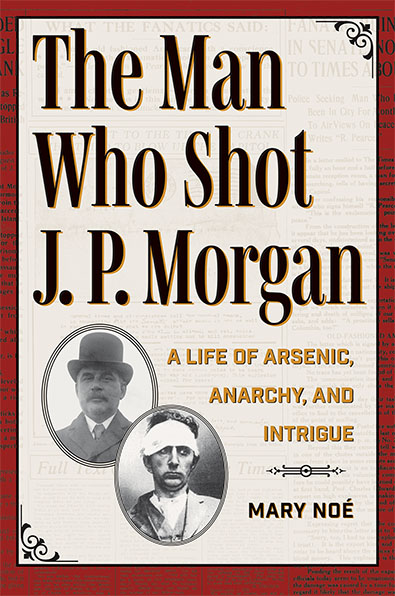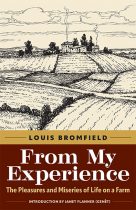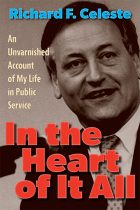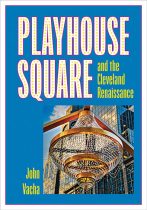The Man Who Shot J. P. Morgan
A Life of Arsenic, Anarchy, and Intrigue
Recent ReleasesMary Noé
On July 3, 1915, John Pierpont Morgan Jr., one of the most famous names in finance, was entertaining guests at his Long Island estate when the doorbell rang. An armed man forced his way inside. At the same time, authorities in Washington, DC, were investigating a shocking bombing at the US Capitol. While no one had been killed, the blast had destroyed the reception room, and DC citizens were on edge.
Nine years earlier, in 1906, Leone Krembs Muenter had fallen ill and died shortly after giving birth. Her husband, Harvard professor Erich Muenter, blamed his wife’s Christian Science religious beliefs, which prohibited medical intervention, for the death, but an investigation suggested something more sinister: arsenic poisoning. As suspicions mounted, Muenter vanished.
In Texas, a mysterious man calling himself Frank Holt wooed Leona Sensabaugh, and after their marriage he pursued a career at Cornell. But some of Holt’s colleagues found he reminded them of someone they knew, a man who had been suspected of murdering his wife. Could Frank Holt and Erich Muenter be the same person? What were they to make of it, later, when they saw a familiar face in the papers following a bizarre attempt on a finance tycoon’s life?
The Man Who Shot J. P. Morgan is a riveting tale of false identities, radical political beliefs, and ambitious criminal schemes set during the tumultuous time shortly before the United States entered World War I.
Mary Noé is a lawyer and a professor at St. John’s University. Her article “Murder at Madison Square Garden: A Dream Team’s Insane Game of Judicial Cat and Mouse” is featured in Judicial Notice: A Periodical of New York Court History. She has also published several legal articles and a book on special education.
“A heady combination of a murder case, fraud, the story of the family of a well-known tycoon, and the feelings of both Germans and Americans during World War I. The characters involved are compelling.”––Virginia A. McConnell, author of The Belle of Bedford Avenue: The Sensational Brooks-Burns Murder in Turn-of-the-Century New York
* * *
“Jack Morgan did not dominate the country’s financial markets as his father, J. P. Morgan, did a generation earlier. But in 1933, Jack became a central player in the Senate investigation that would reshape the relationship between Washington and Wall Street. Mary Noé’s compelling story of an earlier episode in Jack’s life, when he was spearheading Wall Street’s efforts to fund the Allies in World War I, provides a stark reminder that those bent on using terror and assassination to protest corporate policies are nothing new.”––Michael Perino, author of The Hellhound of Wall Street: How Ferdinand Pecora’s Investigation of the Great Crash Forever Changed American Finance





